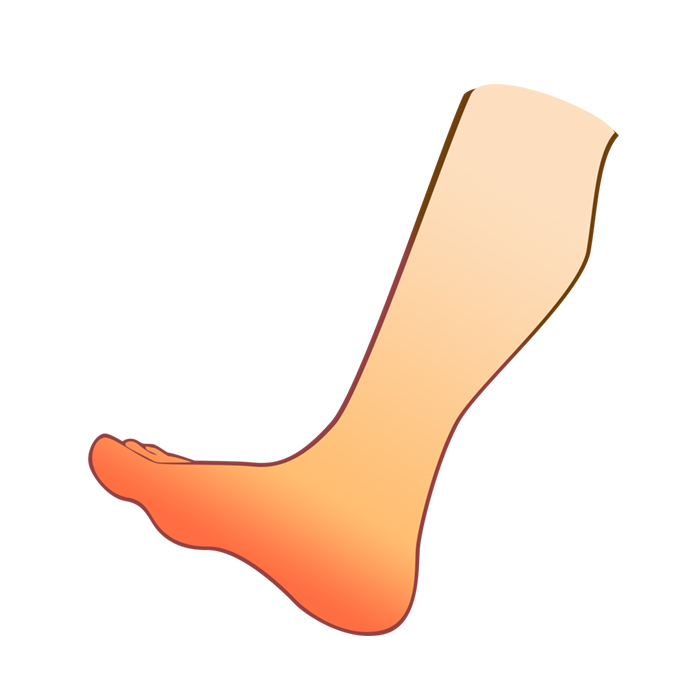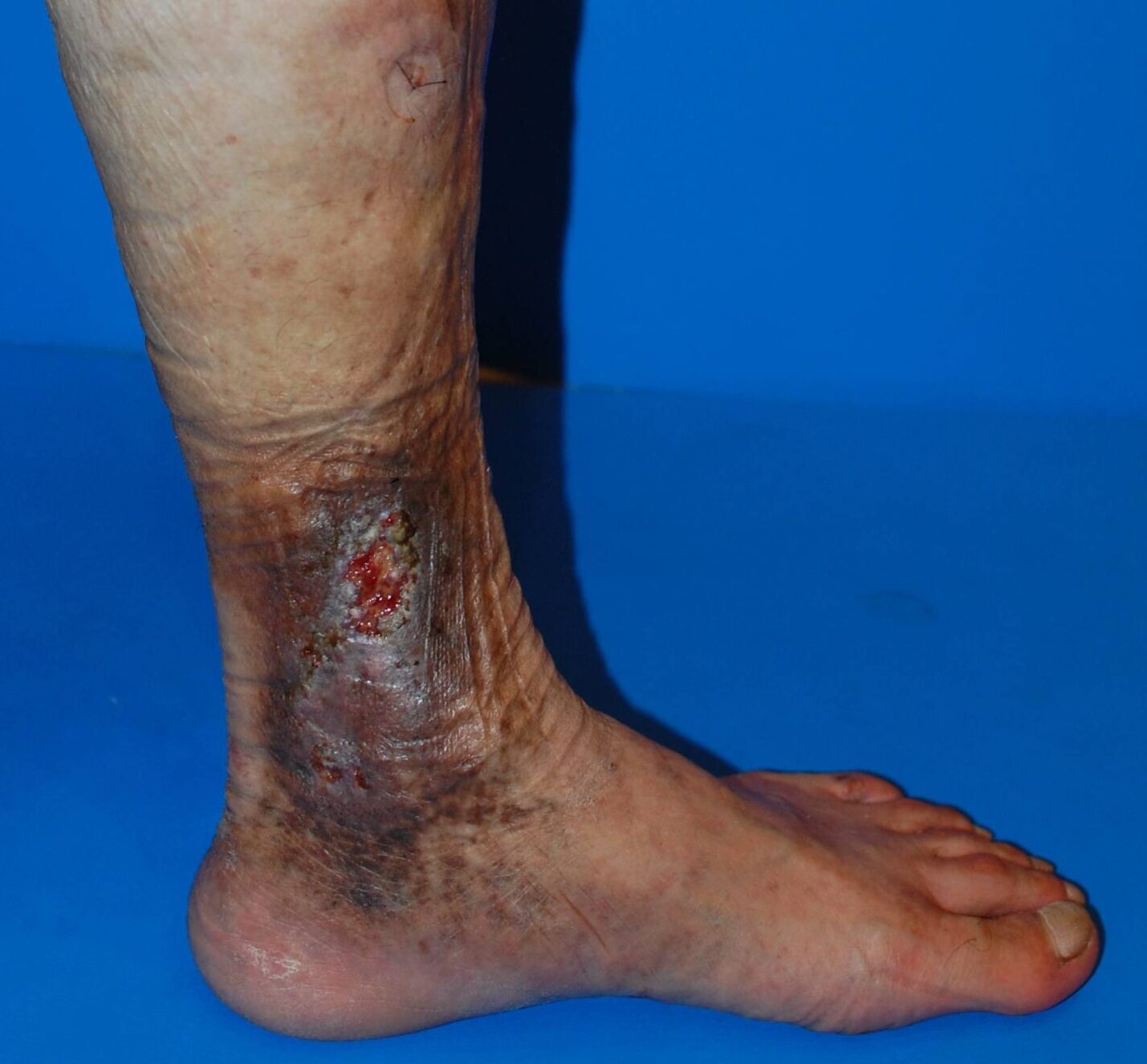Understanding the Relationship Between Leg Warmth and Varicose Veins
A sensation of warmth in the legs is an uncomfortable symptom experienced by many. While this sensation can have various causes, one that requires particular attention is varicose veins. Varicose veins occur when blood flows backward, causing the veins to expand and form noticeable, bulging blue veins. In this article, we will delve into the relationship between leg warmth and varicose veins.
What Are Varicose Veins?
Varicose veins are a condition where the valves in the veins fail to function properly, causing blood to flow backward and the veins to become enlarged. This primarily occurs in the leg veins and is associated with risk factors such as prolonged standing, genetic predisposition, and pregnancy. Common symptoms include leg cramps, fatigue, pain, itching, and a sensation of warmth.
The Connection Between Leg Warmth and Varicose Veins
A sensation of warmth in the legs can be a symptom of varicose veins. This is thought to be due to the stagnation of blood flow within the leg veins, leading to the sensation of warmth.
Management and Treatment
To alleviate the sensation of warmth caused by varicose veins, several measures can be taken. Elevating the legs can help promote blood flow and reduce venous pressure. Wearing compression stockings can also be effective, as they promote blood flow within the veins, preventing stagnation.
Moreover, lifestyle modifications are crucial. Avoiding prolonged standing or sitting, and incorporating regular exercise, can improve blood circulation. Walking and stretching, in particular, are effective for engaging the leg muscles and aiding blood flow.
Treatment at Medical Facilities
If symptoms are severe or self-care measures do not provide relief, medical treatment may be necessary. Treatments for varicose veins include endovenous ablation (catheter treatment) and endovenous ablation (glue treatment). These treatments aim to prevent blood from flowing backward in the veins and to restore normal blood circulation. It is important to consult with a physician and choose the appropriate treatment.
Conclusion
The sensation of warmth in the legs can be a symptom of varicose veins. By combining self-care strategies with medical treatment, symptoms can be alleviated, leading to a more comfortable life. If you find the warmth in your legs bothersome, it is advisable to consult a specialist early and receive the proper diagnosis and treatment.




